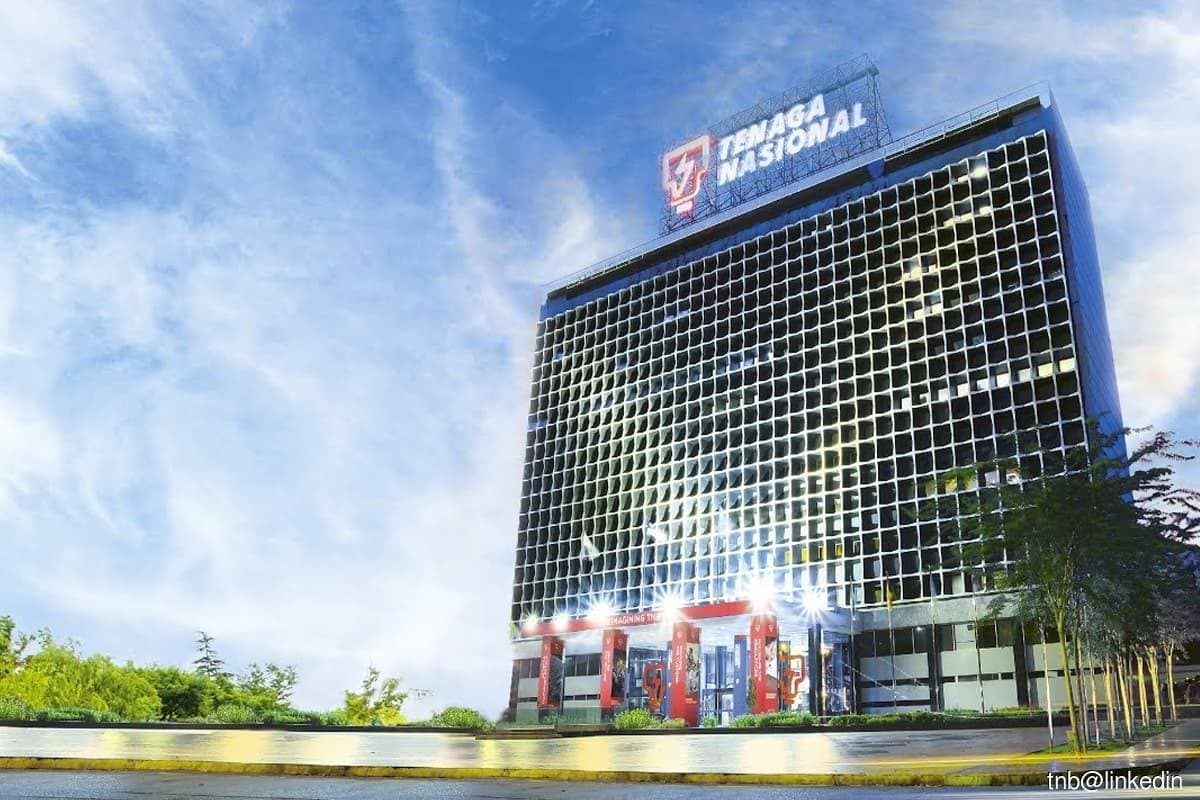
This article first appeared in The Edge Malaysia Weekly on March 6, 2023 - March 12, 2023
TENAGA Nasional Bhd is seeking approval from the authorities to undertake the development and commissioning of a 2,100-megawatt (mw) power plant in Kapar, Selangor. According to sources, the largest power utility in Malaysia has sought the approval of the Energy Commission (EC) to start technical evaluation and initial groundworks on its own without any joint-venture (JV) partner.
“Tenaga wants to start works in Kapar, which will have the dual capabilities to function as a hydrogen-fired power plant as well as gas-fired. It is a power plant that will allow Tenaga the option to use hydrogen, which is more environmentally friendly.
“When Tenaga proposed the power plant, it did not seek any JV partner. It was looking to undertake the power plant on its own. The letter of intent (LOI) came back from the authorities for Tenaga to undertake the job with a JV partner,” says the source.
In October last year, Tenaga announced that it had received the LOI for the development and commissioning of the Kapar 2,100mw power plant. It also stated that the project, which is due to be commissioned in 2031, will be done in collaboration with Widad Business Group Sdn Bhd.
The announcement drew scrutiny as questions were raised as to why Tenaga needs to have a partner for the Kapar power plant. The national utility company has the biggest network of generation power plants in the country, a balance sheet that any bank would want to lend to and is technically competent to undertake construction of the power plant.
Sources say the announcement put Tenaga under the spotlight as to what Widad would bring to the table that Tenaga does not have already.
Moreover, the Kapar power plant is a greenfield project and will chart Tenaga’s path towards achieving zero emission by 2050. Tenaga cannot afford to make mistakes or delay the plant that is due for commissioning by 2031. By then, it is envisaged that hydrogen-fired power plants would be commercially feasible.
According to sources, after reviewing Tenaga’s position, its board of directors and management are likely to urge the government to allow it to undertake the project on its own and get the necessary approvals from the authorities.
It is not known whether the LOI came from the EC or the Ministry of Energy and Natural Resources. The approval letter also did not specify the shareholding structure of the collaboration. The minister then in charge, under former prime minister Datuk Seri Ismail Sabri Yaakob’s government, was Datuk Seri Takiyuddin Hassan.
Prior to 2016, Tenaga rarely undertook JVs in its power plant projects.
One of the few exceptions was Kapar Energy Ventures’ power plant where Tenaga had disposed of 40% to Malakoff Bhd in 2004. The 2,420mw plant, which was commissioned in 1981, is the second-biggest power plant in the country. It is unique because it has triple firing capabilities of gas, coal and oil.
However, the facility needed some major refurbishment works to improve its efficiency, which had resulted in Malakoff taking the 40% stake in the power plant.
Between 2010 and 2015, the EC started to tender out the power plant projects. Some of those that had been awarded power plant projects were unable to carry out the job as scheduled due to various reasons.
One such situation arose in 2017 when Tenaga had to bail out Edra Energy Sdn Bhd, which was then under 1Malaysia Development Bhd (1MDB).
In 2017, Tenaga had acquired a 70% stake in Edra’s Jimah East Power Sdn Bhd, the owner of two power plants in Port Dickson, Negeri Sembilan, for almost RM47 million. The acquisition came when Edra had difficulty completing the financial close to undertake the 2,000mw coal-fired power plant. The remaining 30% was held by Mitsui & Co Ltd of Japan.
Also in 2017, Tenaga had acquired a 51% stake in Southern Power Generation Sdn Bhd, which had the mandate to build a combined-cycle power plant with a capacity of 1,440mw. SIPP Energy Sdn Bhd, an entity linked to the Johor royalty, held the rest. In 2020, Tenaga paid RM283 million to increase its interest in Southern Power to 70%.
Since the pandemic in 2020, Tenaga’s share price has come under pressure because it was called upon by the government to delay tariff hikes to ease the burden of consumers. In relation to this, Tenaga could not apply the surcharge to its end users under the Imbalance Cost Pass-Through (ICPT) mechanism.
It caused Tenaga’s receivables to balloon from RM10.5 billion at end-December 2021 to RM22.8 billion at the end of last year. However, the situation has improved since December last year with the government reimbursing Tenaga for the additional cost incurred for being unable to implement the ICPT mechanism.
The government also allowed the implementation of the ICPT mechanism whereby non-domestic consumers, which are mainly industries, are imposed a surcharge of 20 sen per KWh based on their tariff block. The tariff for domestic consumers remained unchanged and households continued to enjoy a rebate of two sen per KWh.
In its latest results, Tenaga stated it has recovered RM5.8 billion from the government as at end-June 2022 for not being able to implement the ICPT mechanism. However, the high fuel prices in the second half of last year resulted in its increasing receivables.
In relation to this, Tenaga stated that the recovery of the receivables will be subject to the next ICPT cycle and that the government has agreed to fund the rebate and surcharge amounting to RM10.8 billion.
Save by subscribing to us for your print and/or digital copy.
P/S: The Edge is also available on Apple's AppStore and Androids' Google Play.